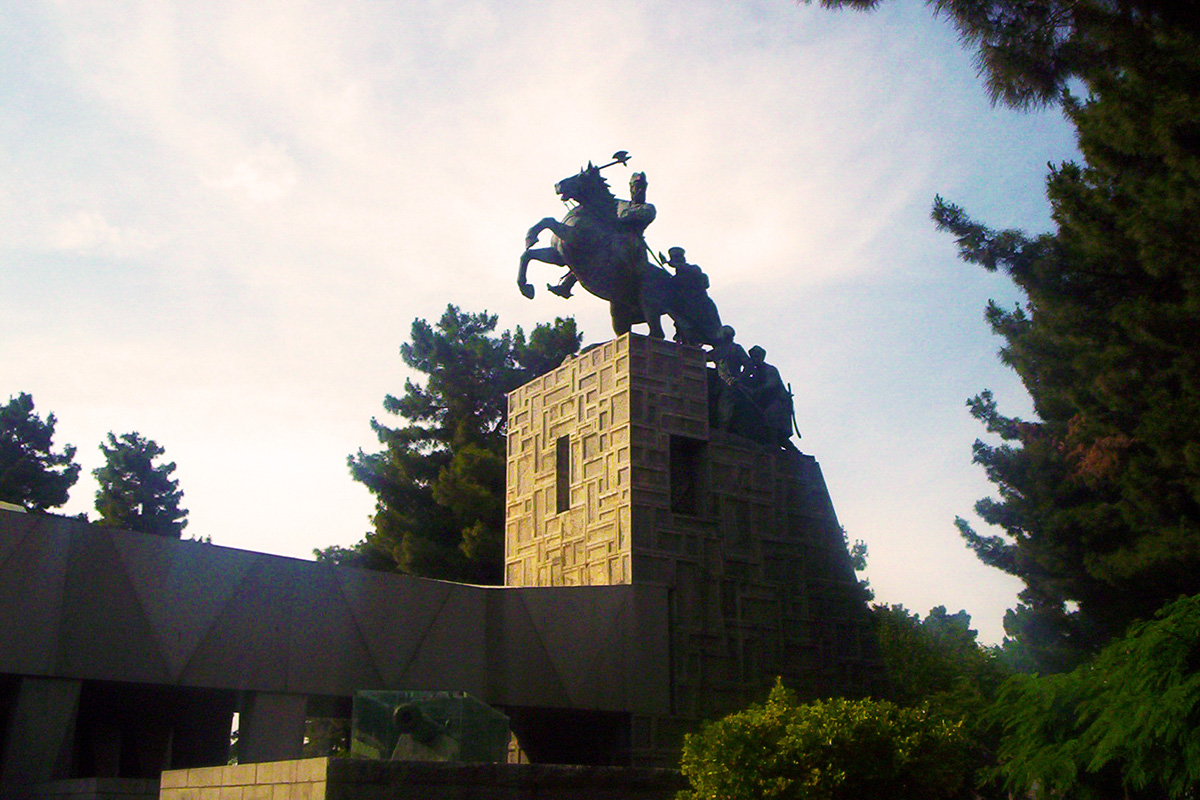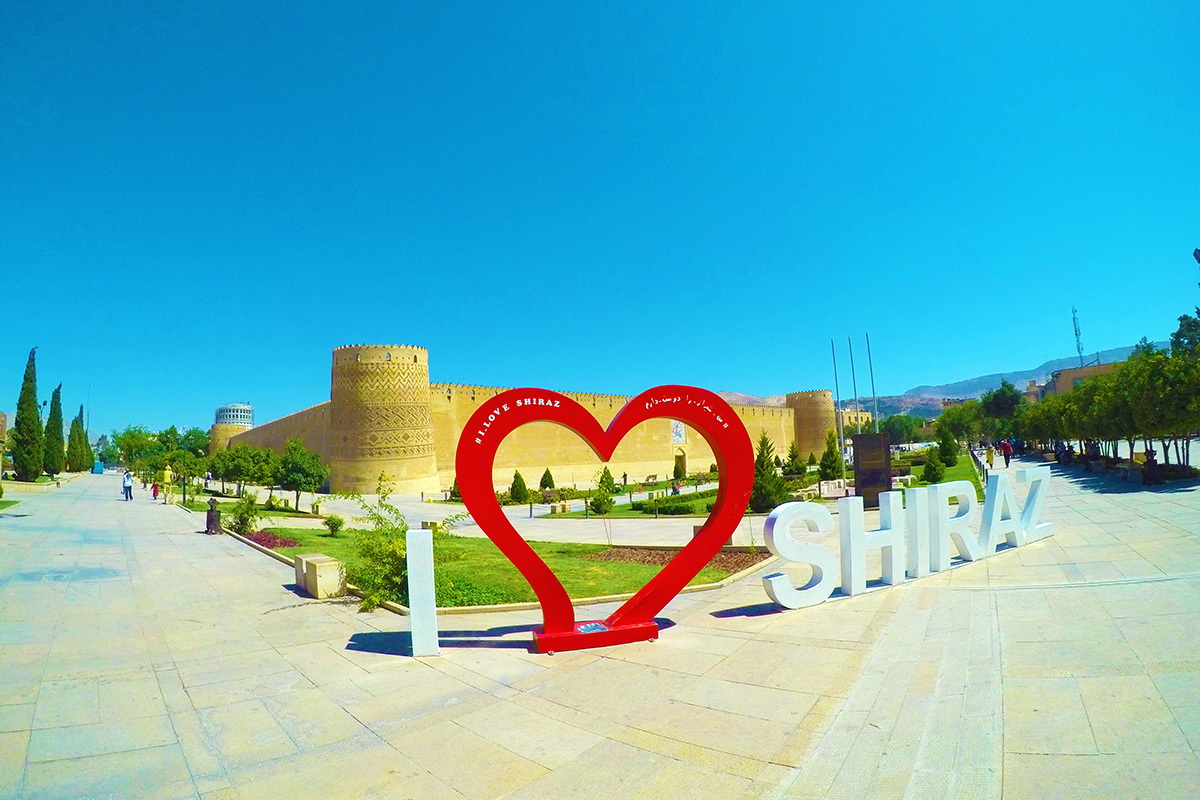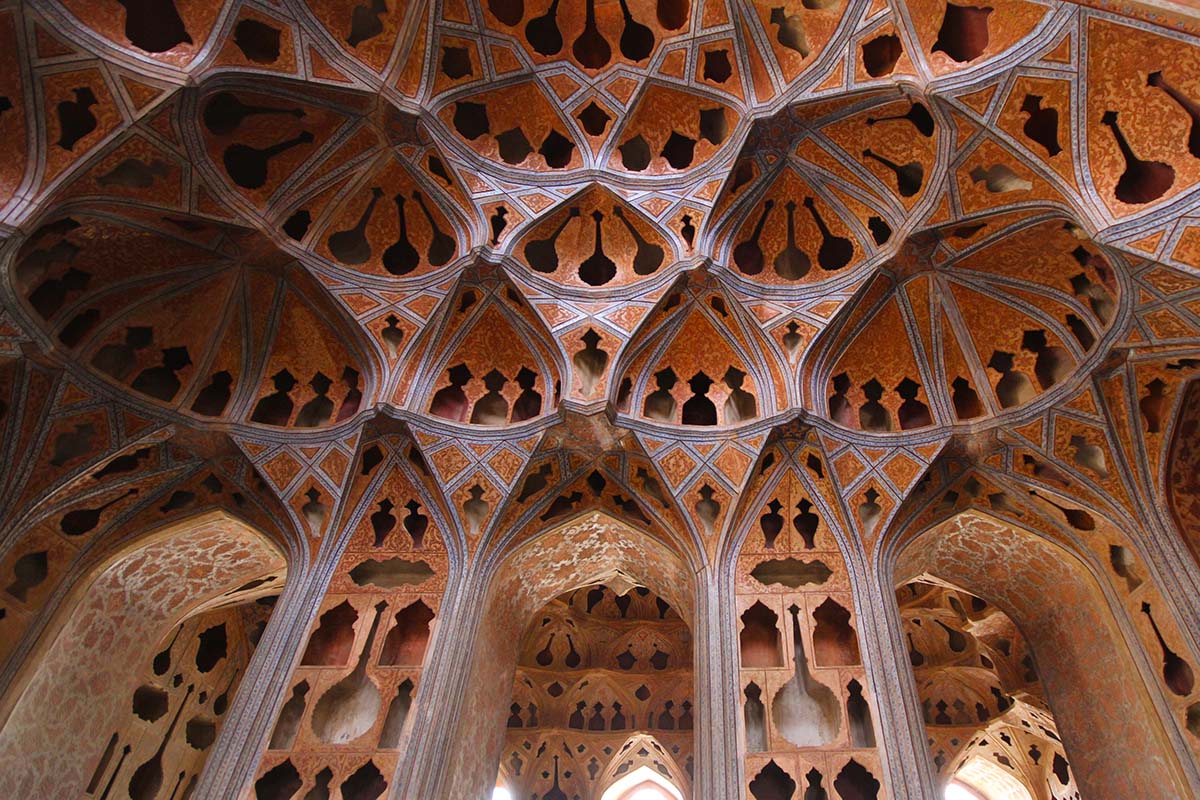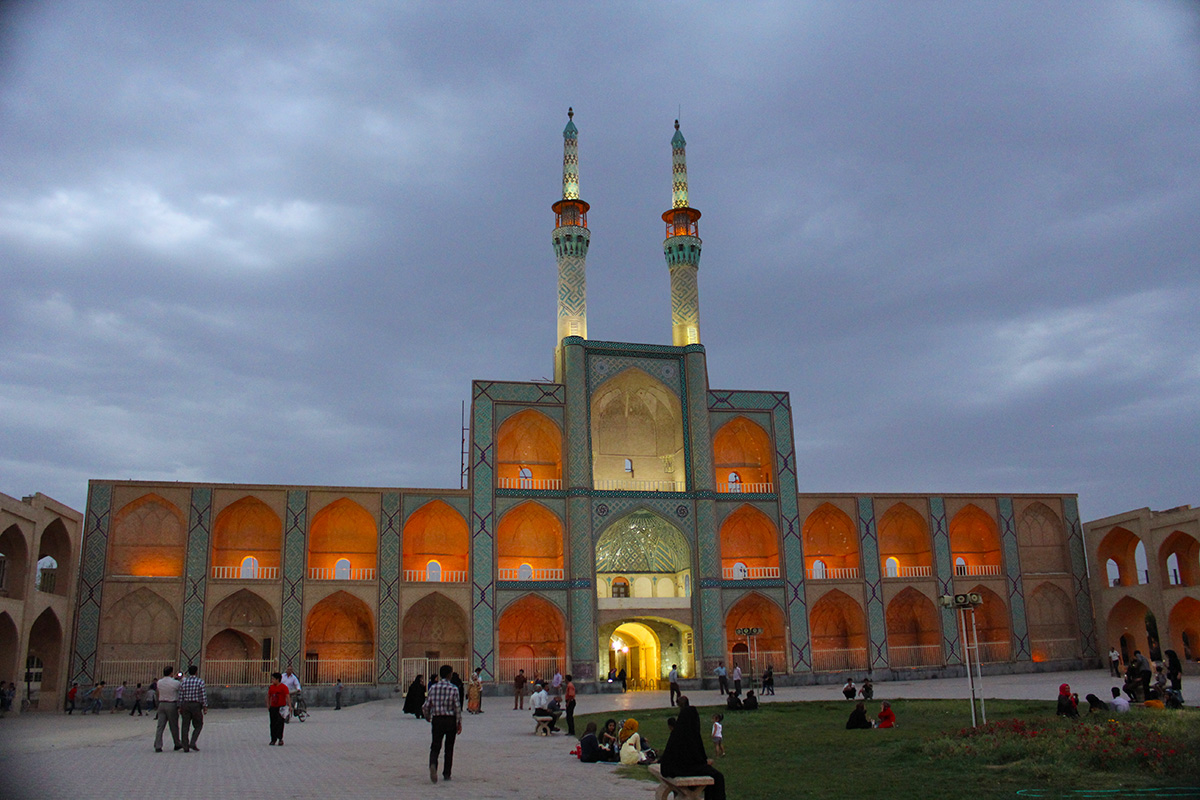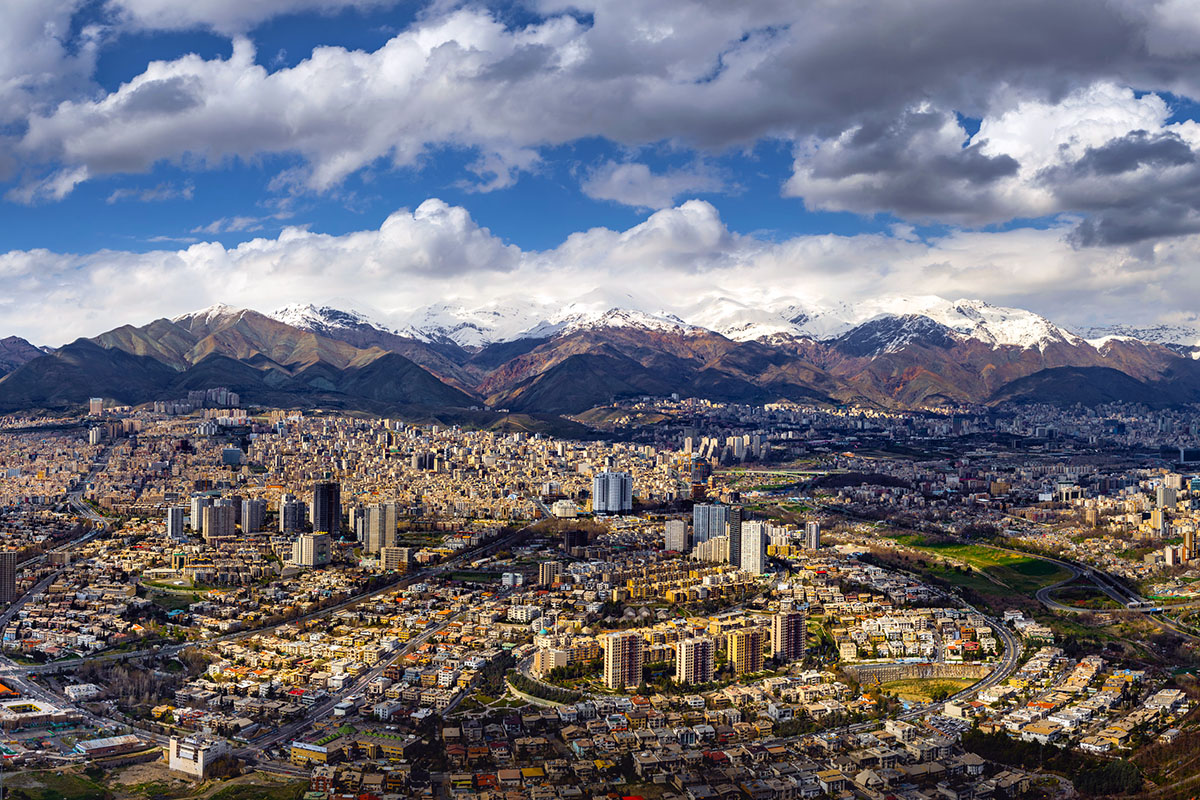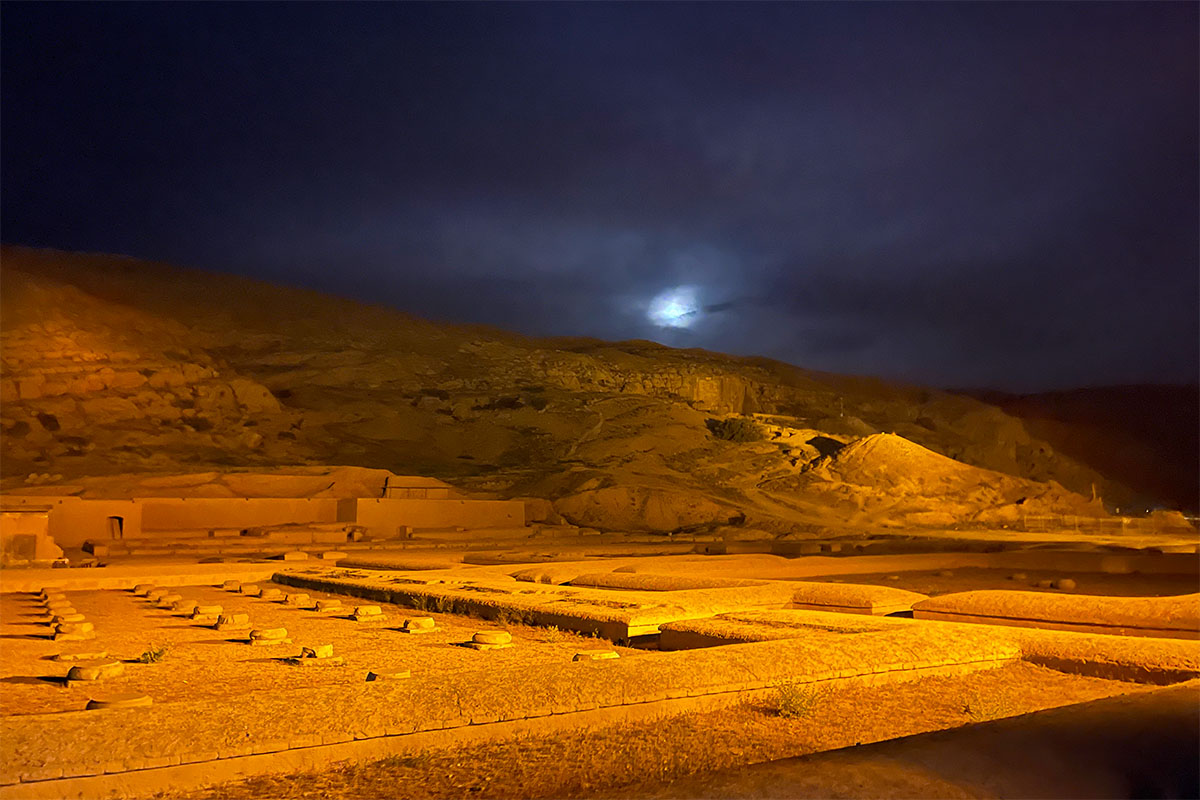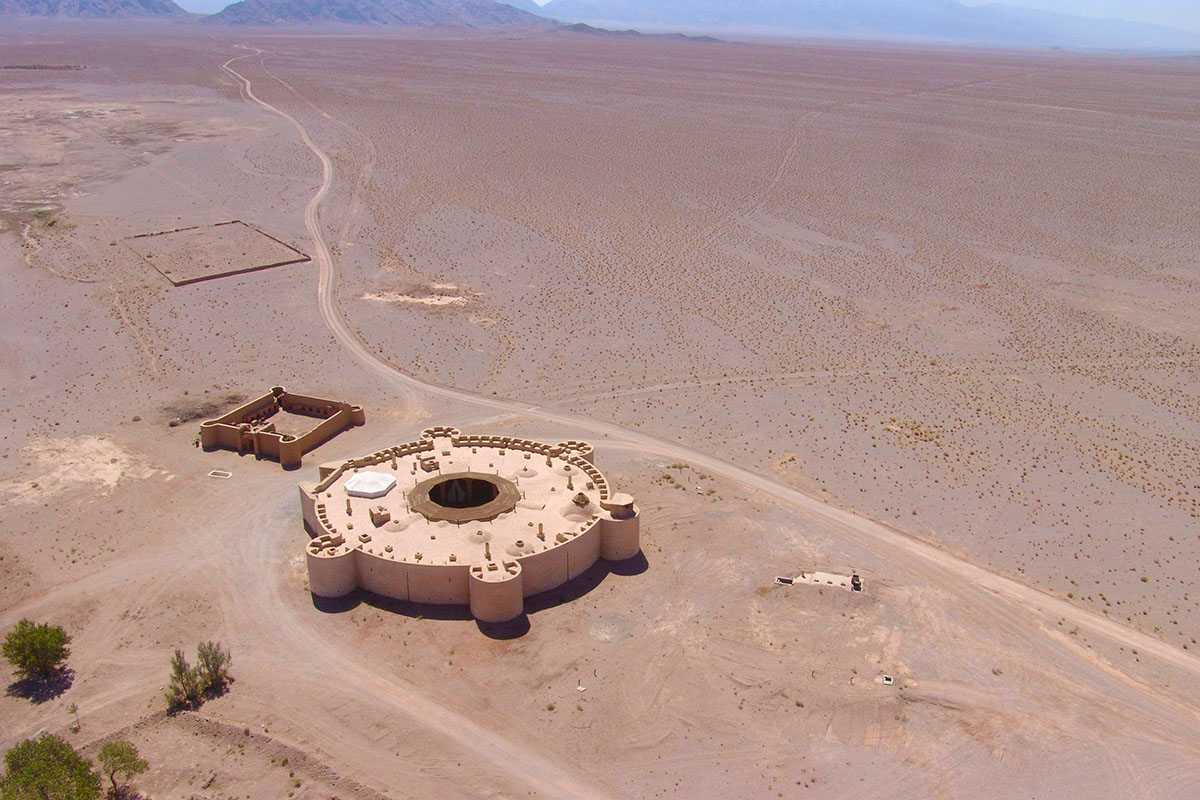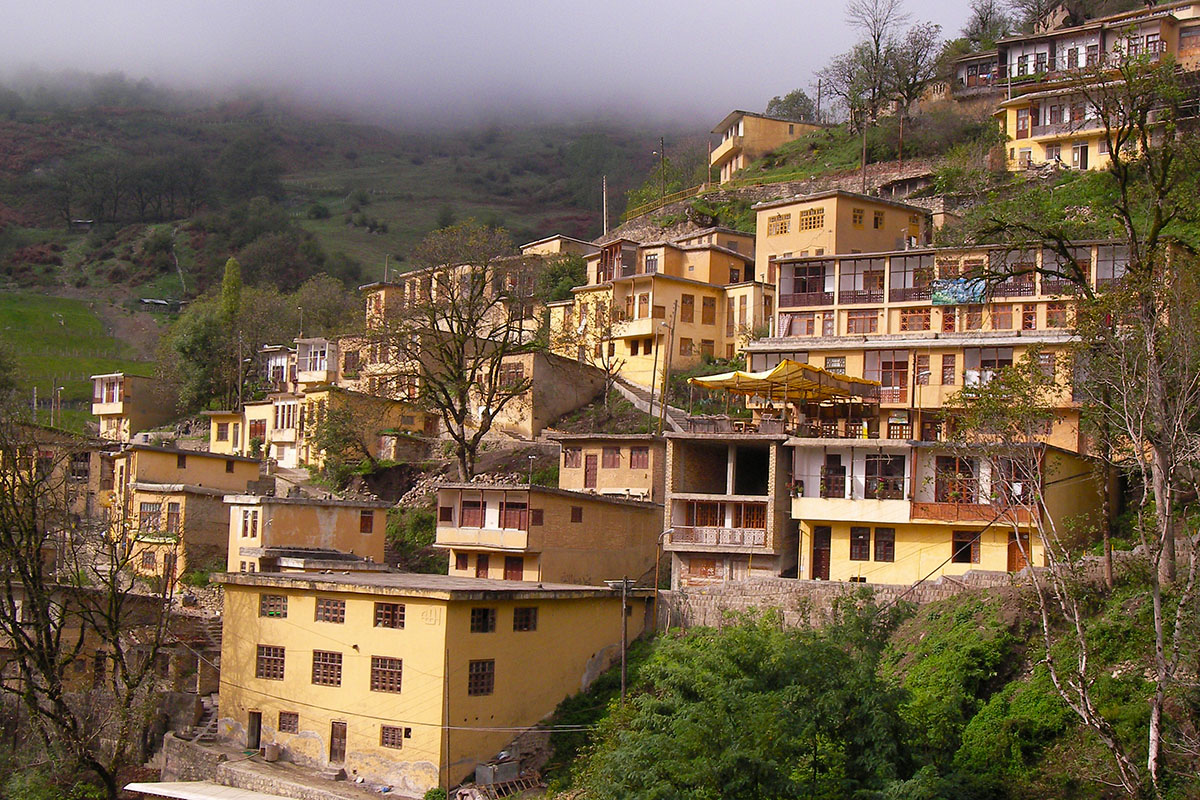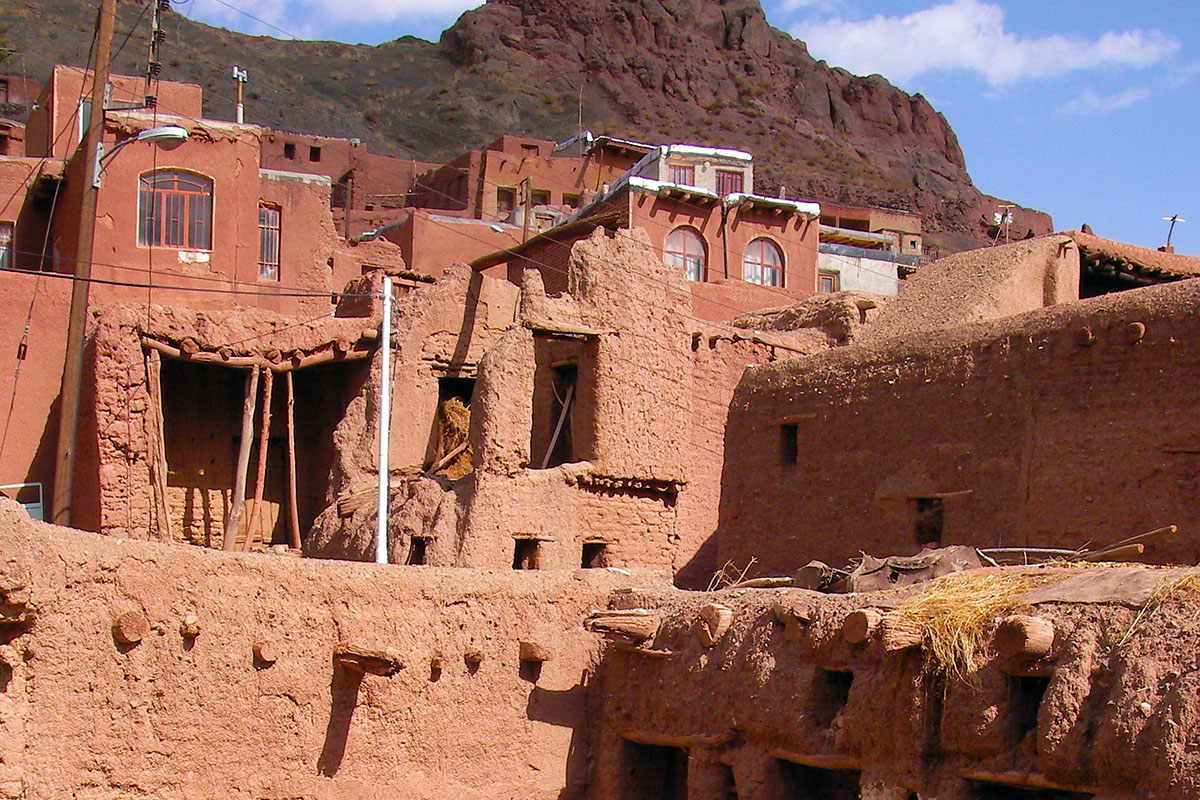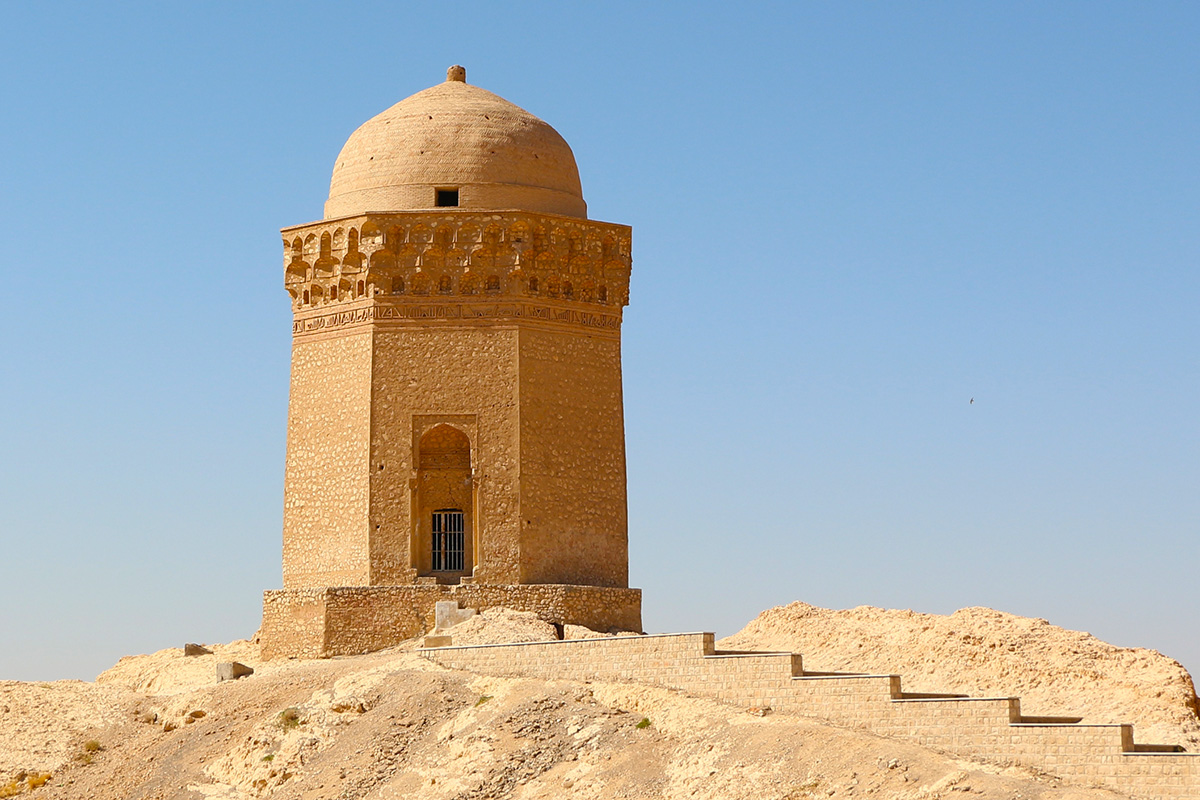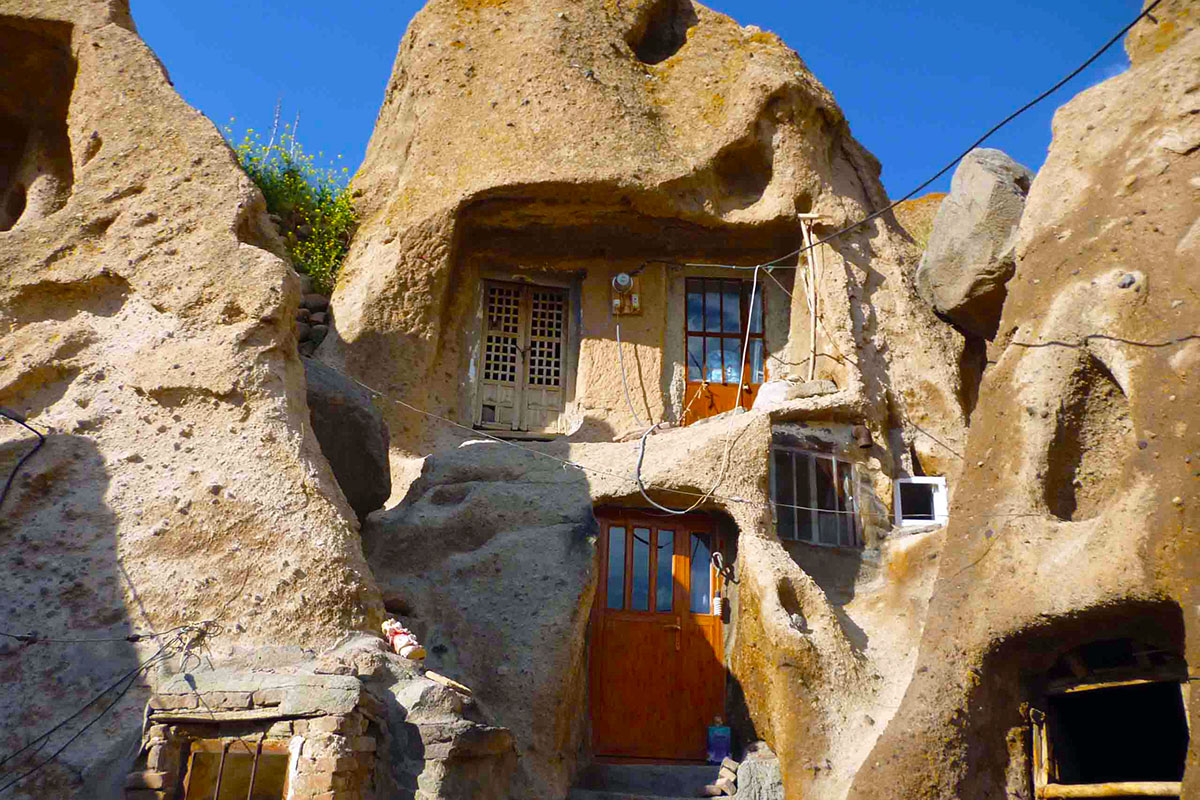Mashhad with pronunciation of (Mash'had) is a metropolitan city in northeast of Iran and the center for Khorasan Razavi Province. This city was the capital of Iran during Afashari Dynasty. Mashhad is the second largest city in Iran after Tehran. According to the General Population and Housing census in 2017, this city was the second populated city in Iran with a population of 3,001,184. Because of the existence of the shrine of Ali Ibn Musa, the eighth Shia Imam, this city annually welcomes more than 27 million pilgrims and two million pilgrims from abroad. The word of Mashhad means place of martyrdom. Ali Ibn Musa was buried in the Aaronic Tomb of Sanabad. Since then, Sanabad Noghan is called Mashhad. Over the time, it was expanded. Especially in the time of Shah Tahmasb, Toos people were displaced to this city. It is worth mentioning that the name of Mashhad first was given to the city by Sultan Mahmood Qaznavi. Mashhad is also known as the city of Ferdowsi the Iranian poet of Shahnameh which is considered to be the national epic of Iran.
History
During early 13th century, Mashhad was a small village under the name of Sanabad. It was situated 24 km away from the city of Toos. The governor of Khorasan, during the end of the second century AH was situated in that village.
Harun al-Rashid, , in order to put down the insurrection of Rafeh ibn Laith, went on an expedition when he reached Toos, he became sick and died in the same place. He was buried in a hall in Sanabad village. The city of Mashhad came into existence when Imam Reza, the eighth Shia Imam, was martyred by Ma’moon in the last day of month of Safar. He was buried near the tomb of Haroon. After this, the tomb of Imam Reza in the small village of Sanabad turned to the pilgrimage center for lots of Shia people. Literally, Mashhad means where a martyr is buried. By the end of the 3rd century (Hejri), a dome was placed on the tomb of Imam Reza and lots of buildings and bazaar were constructed in its surroundings and lovers of Shia leaders travelled to this city for pilgrimage. The glorious time of Mashhad was at the time of Shahrokh Mirza, son of Tamerlane and its magnificent period was during the reign of Safavid kings. Shahrokh Mirza whose capital was Herat, regularly traveled to Mashhad for visiting the shrine. The wife of Shahrokh Mirza ordered to construct a historical and famous mosque in the vicinity of Imam Reza Shrine. During this period the holy shrine developed to a vast complex including different great historical monuments. With the emergence of Safavid Dynasty, Shia was declared as the official religion of Iran and Mashhad reached its highest development and soon was turned to a great pilgrimage center. But since, it was a city in the border, it was constantly invaded by neighbors especially Mohammad Sultan. These invasion continued to the time of first Shah Abbas who removed Uzbek from Khorasan at last.
Language
People of Mashhad speak in Persian Language, but they have a special dialect called Mashhadi. It is full of noble words of ancient Persian. In fact, this dialect is an extract of Dari Persian. And may missing ancient words can be found in this dialect. However, due to mixing and close contacts of Mashhadi people with other people, the signs of this dialect is not as much as before.
Weather and Climate
Due to the geographical location of Mashhad in Khorasan border region between North and South, as well as various weather fronts interference, it has special climatic features. The majority of Mashhad plain-Nishapur has a cold and dry climate, a part of Ghouchan plain is semi-arid and cold, a small part of the highest mountains of Binalud and Hezarmasjed are regarded to have cold and wet climate. In total, Mashhad has variable weather, but moderate inclining to coldness and dryness. It has hot and dry summers and cold and wet winters. Winds in Mashhad city are blown from the southeast to the northwest. The maximum temperature in summer is 43 degrees and the minimum in winter is 23 degrees minus zero.
Economy
Mashhad economy is mainly based on tourism. Pilgrims and tourists are the revenue sources for this city. Besides tourism, its economy is mainly based on saffron, barberry, candy, nuts and dried fruits. It has also industrial leather (for decoration) and carpet industry. Other important agricultural products of Mashhad are grain, sugar beet and melons. The current industries in Mashhad are noted as follows: industries of clothing, food, leather, constructional material, metals and handicrafts.
Special Cuisines
Changali: Changali is a popular food in Mashhad. Villagers or old and original people know how to cook it. For cooking this food, they heat the oil and then add stale bread with sugar or a type of candy syrup to it.
Digcheh
Another famous dish cooked by traditional people of Mashhad is Digcheh. Digcheh is a dish made of rice and milk. They also add saffron, rose water and sugar. Digcheh can be a delicious breakfast or dessert. Sweet Cutlet (Kuokuo Shirin): Sweet Cutlet is a popular food of Mashhad which is served both as an appetizer or desserts. It’s a food served in official parties. This dish is made of potatoes, eggs, saffron and corn meal.
Arts & Handicrafts
Turquoise Shaping
Turquoise is one of the oldest known rocks in the world. Its beauty has historically placed it among the mysterious stones. This beautiful stone has fascinated mankind for centuries. Mashhad has been the place for turquoise preparation and presentation from the past, due to its proximity to Neishabour. Iran’s Turquoise cutting is considered as the finest one in the world and it is the family job for many people of Mashhad.
Traditional Tile Works
Tile and mosaic have been always the elegant elements used in edifices and buildings from the past centuries. Achaemenid were the creators of this art. This art was developed in Timurid period and reached its peak during Safavid period. Nowadays, this art is common in Mashhad due to the existence of religious buildings.
Mashhad Carpet
Mashhad carpet is a prosperous art which caused lots of carpet weavers to immigrate to this city. Today, lots of museums around the world display Mashhad carpet, spectrally carpets from the Safavid period. The reputation of Mashhad carpet is due to its unique colors, pattern and texture.
Attractions
Shrine of Imam Reza
The most important shrine in Mashhad is the shrine of Ali Ibn Musa Al-Reza, the eighth Imam of the Shia. The annual number of pilgrimages to the shrine are 30 to 35 million people. Astan Qods Razavi Museum, which also includes several museums, is located in the shrine complex. The complex is 70 hectares. It has 26 porches, 9 courtyards and 6 entrances. After testimony of Imam Reza, he was buried near the tomb of Harun Al-Rashid. This tomb was repeatedly repaired and decorated. But the first tomb on the shrine of Imam Reza was installed in the reign of King Sanjar. The dome is made of tile works with mirrors which remained up to now. King Mohammad was also one of those who decorated the dome with finest tiles and ordered to construct two sanctuaries. The dome minarets were built in the reign of Ghaznavid under the order of Moataz, the governor of Shiraz. Shah Abbas and Solomon were the kings who were involved in the reconstruction and development of the shrine. King Tahmasb restored the dome minarets and gilded the shrine. He covered the brick tiles with gold. In Qajar period, special attentions were made to the shrine of Imam Reza and the third shrine was built during the reign of Fath Ali. But a large part of the development were made after the revolution of Islamic Republic.
Goharshad Mosque
Goharshad Mosque was established under the order of Goharshad, the wife of Shahrokh in south of the shrine of Imam Reza. Because of the elegance of its tile works and architectural style, this mosque is considered as an Iranian architectural masterpiece during Timurid period. It is one of the most important and busiest mosques in Iran, due to its proximity to the tomb of Ali Ibn Musa and its endowments. The mosque is located in the south of the Shrine. It covers an area of 2800 square meters and includes 4 large porches and 7 chambers. Over the centuries, this monument were damaged for several times. Its construction took almost 12 years and its main architect was Qavam Shiraz, one of the most famous architects during Timurid period.
Tomb of Ferdowsi
Ferdowsi, was as a highly revered Persian poet and the author of the epic of Shahnameh, which is the world's longest epic poetry. The tomb of Ferdowsi is located in Toos, north part of Mashhad. The present building was opened in 1934 at the same time of the millennium rituals. The first part, which is the middle part, is the grave stone made of marble, the second part includes a quadrilateral hall and its interior is covered by tiles. Four high pillars are on the four corners. There is an image of a winged man on the south part of the main building which recalls the features of Persepolis. The third part is the staircase covered by marble over which the room is placed. The design and architecture are the works of H. Seyhoon and hieroglyphics is done by Taherzadeh.
Museum of Astan Quds Razavi:
Astan Quds Razavi museum is one of the largest museum complex in Iran. It composes historical works representing the decorations and architectures of six centuries of Islamic era .Its historical objects represent a variety of arts and crafts made over the past ten centuries. The works displayed in this collection include the historical items which have been dedicated for use from more than ten centuries ago. Its different collections include the treasury of money and stamps, astronomy, hot and cold weapon, arts, coins and son on.
The Tomb of Nadershah
Nadershah was a powerful ruler in Iranian history. During his lifetime he ordered to build a small shrine in Mashhad. It was opposite the shrine of Imam Reza and made of mud brick. Qavamosaltane at the end of Qajar Dynasty ordered to build a new tomb for Nadershah and his bones were carried to this new tomb. The current monument was built by National Monuments Association in 1956. The tomb is located in a beautiful garden in the heart of the holy city of Mashhad. Nadir Shah Afshar's statue riding a horse and holding an axe in hand can be seen on the top of the tomb. There is a museum inside the tomb containing about 130 weapons, helmets and armors.
Due to the high volume of tourists and pilgrims in the city of Mashhad, trade has been prosperous in this city from the past. Bazaar-e-Reza is a significant commercial center in this city. The complex is built in east part of Imam Reza St with numerous traditional structures. It is the place of trading and selling for lots of travelers and pilgrims. This market is constructed in two floors. In this bazaar, which is the largest and busiest shopping center for visitors, various types of goods and souvenirs are sold such as rings of turquoise, silver and gold, different types of perfumes, saffron, spices, candy, fur, clothes, etc.
Mellat Park
Mellat Park is considered as one of the largest recreation areas in Iran. It is located in the west of the city of Mashhad at the foot of the Alborz Mountains. This park covers an area of 720000 square meters and includes more than 35 thousand trees as old as ten years. This park has also the highest merry-go-round in the Middle East. In the west this park, you can see sports fields. This field composes the largest open swimming pool in Mashhad with an area of 1250 square meters, with a capacity of 4000 people, football pitches, volleyball, basketball, tennis, ski, etc. In addition, there is a running field around the park.
Transportation
By air
Mashhad has an international airport called Shahid Hashemi Nejad Airport. This airport has numerous domestic and international flights. There are flights to every city from Mashhad including Tehran, Isfahan, Shiraz more than 2 or 3 times a day.
By train
Mashhad railway is located in the north side of the old city and is just 2 km from the shrine of Ali Ibn Musa. There is train to Mashhad from Tehran. There are more than 3 different trains in different prices and qualities every day. There is also a train connection to Kerman and a high speed daily train between Tehran and Mashhad.
By bus
Mashhad is well connected to other major cities including Tehran, Isfahan, and Shiraz. Currently, Mashhad has 3 different bus terminals including Imam Reza, Meraj, Rahe Abrisham.
Availability of transportation stations
- Baggage
Storage service is available
- Wheelchair
Access to the train and bus stations.
Wireless Internet:
WIFI Internet is accessible in the station.

